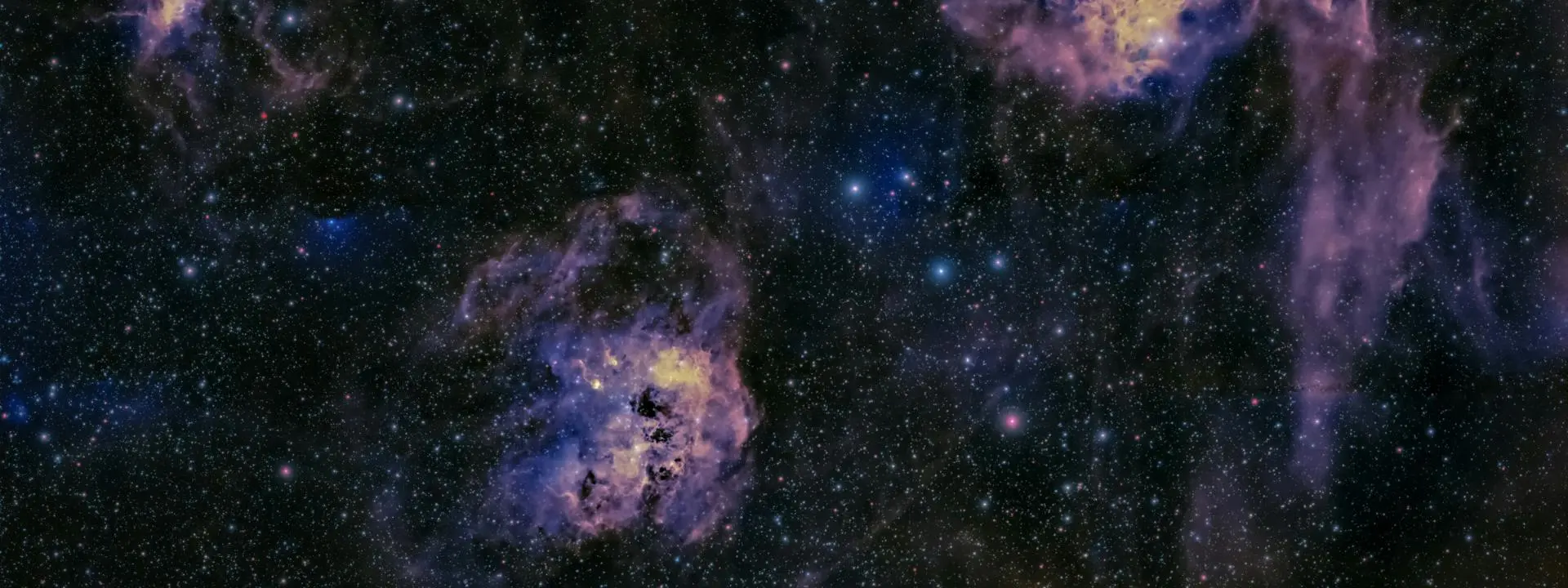Space dust is spongier than we thought, say scientists

Cosmic dust – the tiny particles that help form stars, planets and the chemical building blocks of life – might be much spongier and fluffier than long assumed, according to an international group of scientists.
Professor Martin McCoustra, from Heriot-Watt's School of Engineering and Physical Sciences, work with fellow astrochemists and astronomers from Germany, Japan, the USA and Spain on the project, which reviewed decades of laboratory, observational, and modelling studies to answer a simple yet unresolved question: Is cosmic dust porous?
Spongy grains could be more easily destroyed by shocks and radiation as they travel through interstellar space.
Their findings, reported in the Astronomy and Astrophysics Review, suggest that many dust grains in space are far from being compact, tiny rocks.
Professor McCoustra, whose work on the review was supported by the Engineering and Physical Sciences Research Council, said: “In fact, they’re more like fluffy little sponges, riddled with tiny voids.”
The building blocks of space
Dust grains are fundamental to astronomy. They dominate in star-forming regions like the Pillars of Creation, providing surfaces for chemical reactions that bring us to the edge of life and influencing how light travels through space.
Dr Alexey Potapov from the Friedrich Schiller University Jena, the lead author of the review, said, “If these grains are porous, that means they have a far greater surface area than we thought.
“That could radically change our understanding of how molecules form and evolve in space.”
The scientists found clues about dust porosity from different observations and space missions.
Particles collected from comets by NASA’s Stardust mission showed this about porosity.
The European Space Agency’s Rosetta mission to comet 67P also found extremely fragile, fluffy dust particles, some with porosities exceeding 99%.
Similar findings emerged from analyses of interplanetary dust particles that fell to Earth.
Spongy grains more fragile
Porous grains could accelerate planet formation by sticking together more easily than compact ones. Their internal voids may also provide protected spaces where water and complex organic molecules form – potentially key steps toward the origins of life.
But porosity also makes dust fragile.
Professor McCoustra, from Heriot-Watt’s School of Engineering and Physical Sciences, explained, “Spongy grains could be more easily destroyed by shocks and radiation as they travel through interstellar space.”
Fundamental questions about life
Despite mounting evidence, astronomers remain divided. Some models suggest that high porosity would make dust grains too cold or fragile to match what telescopes observe in interstellar clouds and young planetary systems.
McCoustra said: “We should remember that nearly 100 years ago, astronomers did not believe molecules could exist in space, as the environment was considered too harsh.
“Today, astrochemistry is recognised as addressing fundamental questions in terms of star formation and the origins of life.”
The astronomers and astrochemists behind the review concluded that further observations, laboratory work and modelling are required to resolve the debate.